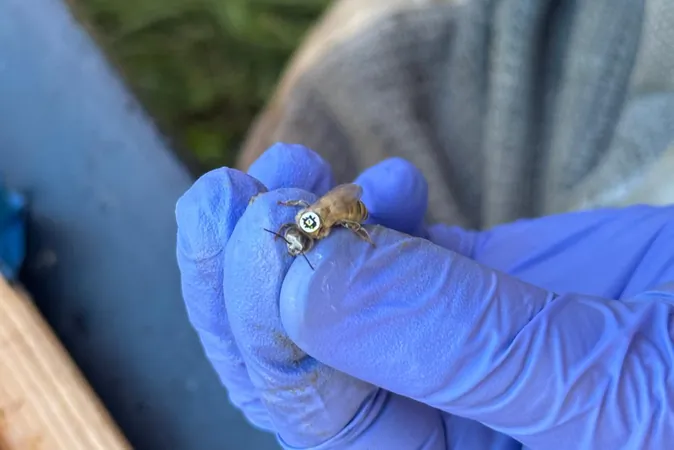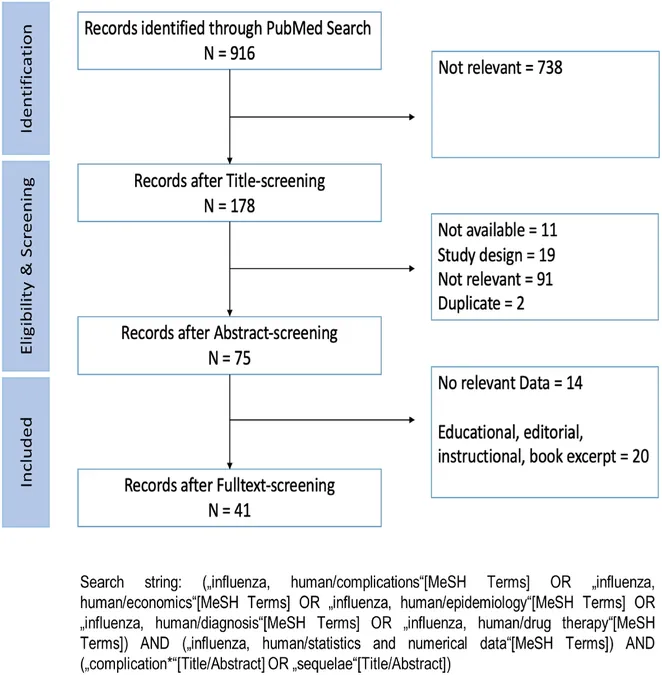
Mind-Blowing Discovery: Scientists Use QR Codes to Spy on Bees!
2025-03-13
Author: Jia
Groundbreaking Study by Penn State University
In a groundbreaking study, researchers at Penn State University have devised an innovative method to track honey bees using tiny QR codes affixed to their backs. This revolutionary approach allows scientists to monitor the bees' comings and goings at their hives, providing valuable insights into their foraging behaviors and travel distances.
Understanding Honey Bee Travel Distances
For years, scientists have pondered how far honey bees travel to collect food. While evidence suggests they can fly up to 6 miles (about 10 kilometers) when necessary, daily travel distances are likely much shorter. To clarify this mystery, the team at Penn State partnered with electrical engineers to create an effective and portable tracking system that would allow for research beyond the confines of a laboratory.
Innovative Technology Used
The researchers utilized simple visual codes called "AprilTags," which function similarly to QR codes, but are specifically designed to be easily read by cameras—regardless of lighting conditions. These minuscule tags, which are smaller than a fingernail, can be safely affixed to bees without causing them harm.
Tagging and Monitoring Activities
However, tagging thousands of bees is no small feat. The researchers concentrated on young bees by tagging 600 every two weeks, resulting in a staggering total of over 32,000 bees tagged across six hives throughout the spring and summer.
To monitor the bees' activity, a solar-powered camera along with a compact computer was strategically placed above each hive entrance. This setup allowed the researchers to track the precise movements of the tagged bees, noting the times they left and returned to the hive while also recording atmospheric temperatures.
Fascinating Findings
The data revealed fascinating patterns: most outings lasted between one and four minutes—likely for quick tasks such as weather checks or minor necessities. Remarkably, about 34% of the tagged bees ventured out for more than two hours, suggesting some may be heading out for longer food-gathering trips. Interestingly, the researchers observed that these longer foraging outings were more frequent during periods with fewer flowers available, although some of these drawn-out absences might have been merely due to the camera missing the bees' returns.
Discoveries About Bee Lifespan
Moreover, the study surprised scientists regarding the lifespan of honey bees; previously estimated at around 28 days, it was found that the tagged bees did not begin their foraging duties until approximately two weeks old and continued to collect food for an impressive additional six weeks.
Bee Communication and Future Research
One of the most intriguing aspects of bee communication is their unique "waggle dance," which indicates to fellow bees the locations of food sources. Moving forward, the researchers aim to compare their tracking data with these unique dance patterns, potentially unlocking further mysteries of bee behavior and communication.
Implications for Beekeeping and Research
Excited about the implications of this discovery, the scientists plan to share their innovative tracking methods with beekeepers and fellow researchers. This development could lead to enhanced understanding and management of bee populations, which are crucial pollinators in our ecosystems. Stay tuned for more insights as science delves deeper into the fascinating world of bees!





 Brasil (PT)
Brasil (PT)
 Canada (EN)
Canada (EN)
 Chile (ES)
Chile (ES)
 Česko (CS)
Česko (CS)
 대한민국 (KO)
대한민국 (KO)
 España (ES)
España (ES)
 France (FR)
France (FR)
 Hong Kong (EN)
Hong Kong (EN)
 Italia (IT)
Italia (IT)
 日本 (JA)
日本 (JA)
 Magyarország (HU)
Magyarország (HU)
 Norge (NO)
Norge (NO)
 Polska (PL)
Polska (PL)
 Schweiz (DE)
Schweiz (DE)
 Singapore (EN)
Singapore (EN)
 Sverige (SV)
Sverige (SV)
 Suomi (FI)
Suomi (FI)
 Türkiye (TR)
Türkiye (TR)
 الإمارات العربية المتحدة (AR)
الإمارات العربية المتحدة (AR)